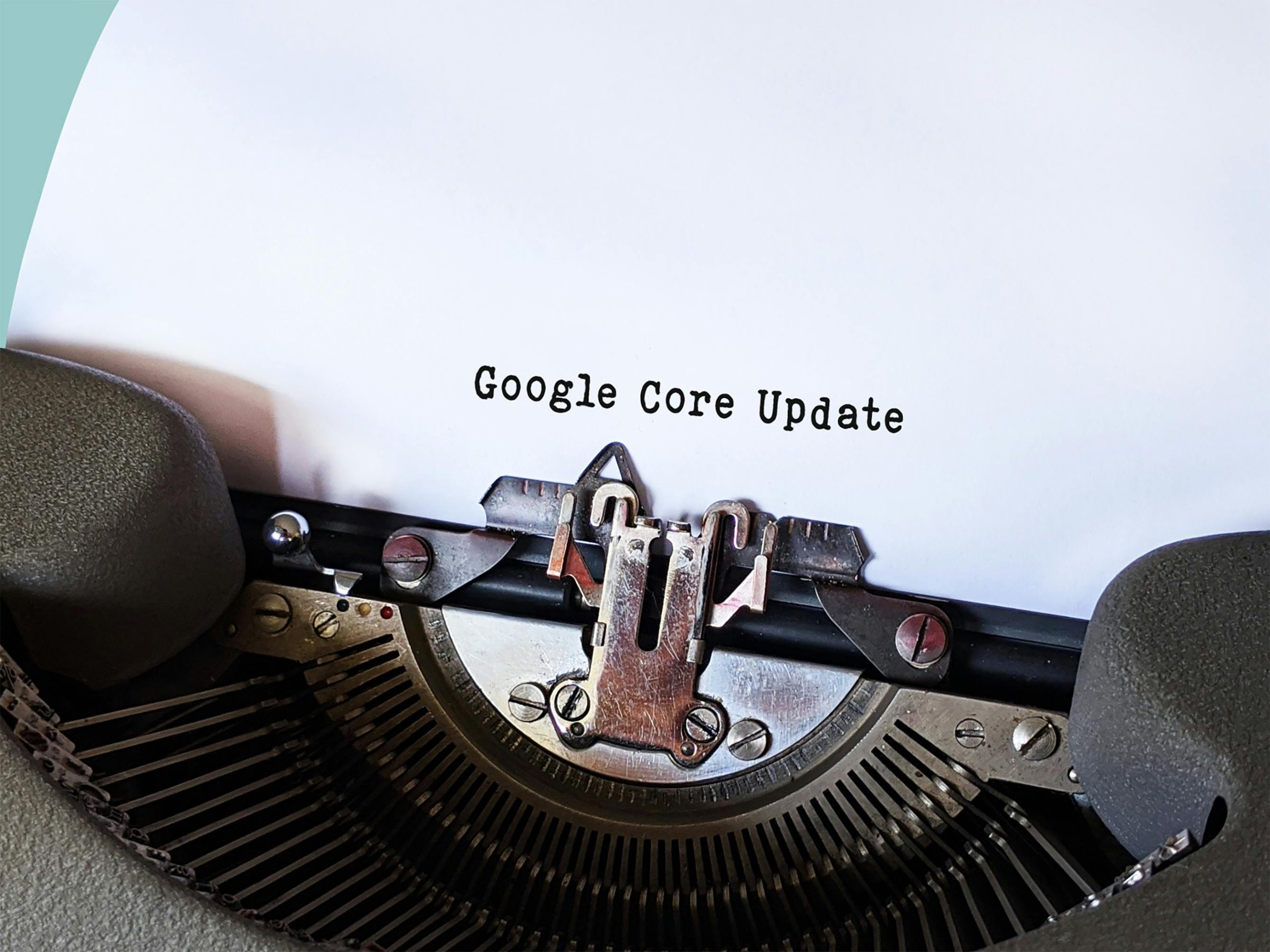Building a Lightweight Electron App with SvelteKit and GraphQL: Optimizing Performance Without Sacrificing Features
In the rapidly evolving landscape of desktop application development, Electron has become a popular choice due to its ease of use and cross-platform compatibility. However, a common challenge developers face is the significant memory consumption and sluggish performance that many Electron-based apps exhibit—sometimes consuming gigabytes of RAM and causing frustrating lag.
A New Approach to Electron App Optimization
Recently, I set out to create an Electron application that maintains a lean footprint—one that doesn’t bog down your system’s resources. The secret lies in understanding and minimizing unnecessary repaints, which are often a primary culprit behind sluggishness. By strategically limiting visual reflows—using only CSS transforms and opacity for animations—I significantly reduced rendering overhead. Additionally, enabling background throttling further conserves resources when the app isn’t in focus.
These optimization techniques open up a wealth of possibilities: smooth 3D animations, advanced CSS visual effects like subtle glows on images and videos—which are surprisingly cost-effective—and more dynamic interactions without hitting performance bottlenecks.
Choosing the Right Framework
For the frontend framework, I chose SvelteKit. Unlike heavier frameworks that can balloon memory usage—such as React-based Electron apps that consume hundreds of megabytes just for the JavaScript heap—I aimed for efficiency from the ground up. Svelte’s compile-time approach results in faster, smaller, and more performant applications.
Robust Technology Stack
The app’s core is built with TypeScript, complemented by a rigorous ESLint configuration to enforce best practices. For data management and offline capabilities, I integrated GraphQL with urql and gql.tada, enabling intelligent caching and entity normalization—ensuring that the app remains fully functional even without internet connectivity. The user interface draws from shadcn/svelte components, ensuring a clean and consistent look.
Isolating Heavy Lifting
To keep the main process responsive, all resource-intensive operations are handled within Electron’s utilityProcess. Think of this as a dedicated Node.js worker that manages complex tasks separately from the UI thread. Communication between the main app and this worker is streamlined through custom IPC mechanisms, facilitating efficient data exchange.
Advanced Multimedia Features
The project also incorporates sophisticated features within its custom video player. These include a specialized subtitle library, OpenGL shader-based video artifact removal for cleaner playback, and other innovative enhancements—all crafted to deliver a superior multimedia experience without sacrificing performance.
This

